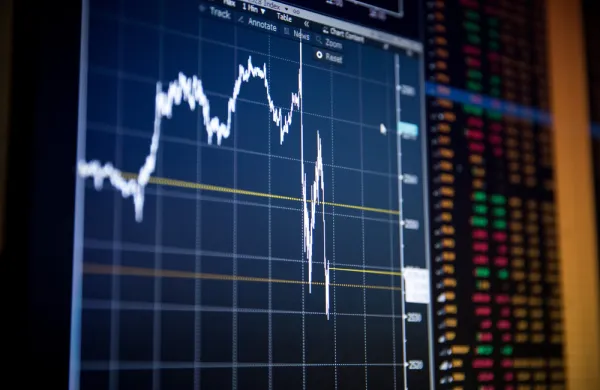In November, the Omicron variant of the coronavirus brought rising volatility and declining yields and stock prices, but ETF flows remained strong. According to State Street Global Advisors’ U.S.-listed Exchange Traded Fund (ETF) flash flows November report, $68 billion flowed into ETFs over the course of the month, making it the thirteenth consecutive month of ETF inflows of more than $40 billion. By the end of 2021, State Street expects ETF flows for the year to reach $847 billion, a 70 percent increase over last year’s record-setting $787 billion.
“Historically, the fourth quarter has been the quarter with the most flows, largely driven by strong December [numbers],” Matthew Bartolini, head of SPDR Americas research at State Street, told Institutional Investor.
Bartolini attributed the strong end-of-year ETF inflow projections to a number of factors, including “seasonality.” In this secular, transitionary environment, mutual funds, particularly on the equity side, have seen significant outflows, he said, adding that many investors use ETFs as a form of strategic asset allocation, establishing investment plans that automatically allocate money to ETFs. Also, firms release capital-gain estimates at the end of the year. Because mutual funds are “inherently tax inefficient,” Bartolini said, investors are inclined to sell off portions of their mutual funds, further contributing to ETF inflows.
While the first wave of the pandemic and subsequent variants helped create a volatile macroeconomic environment, ETFs remained a lucrative asset for investors. Bartolini said their resilience during market volatility — including their ability to withstand the “spillover effects” from other asset flows — is a direct result of the ETF structure, which offers investors the ability to go long or sell short, depending on market conditions.
The majority of flows were a result of equity exposures, the report said. In fact, equity ETFs raked in $54 billion of the $68 billion total in November. “There’s really been an acute focus on risk assets, meaning equities,” Bartolini said. “Rates fell and stocks became really attractive.”
Bartolini said the risk-on rally began in November 2020, when a vaccine timeline became clearer. While investors sidelined capital during the onset of the pandemic, they became more inclined toward riskier assets as light began to form at the end of the tunnel. In 2022, Bartolini said he expects ETF inflows to remain strong, but he thinks 2021 will mark the highest year-over-year increase for a while. He said next year will likely generate ETF inflows of anywhere between $500 and $800 billion.
“We’re moving from a boil to a simmer,” he said. “Nothing boils forever.”







